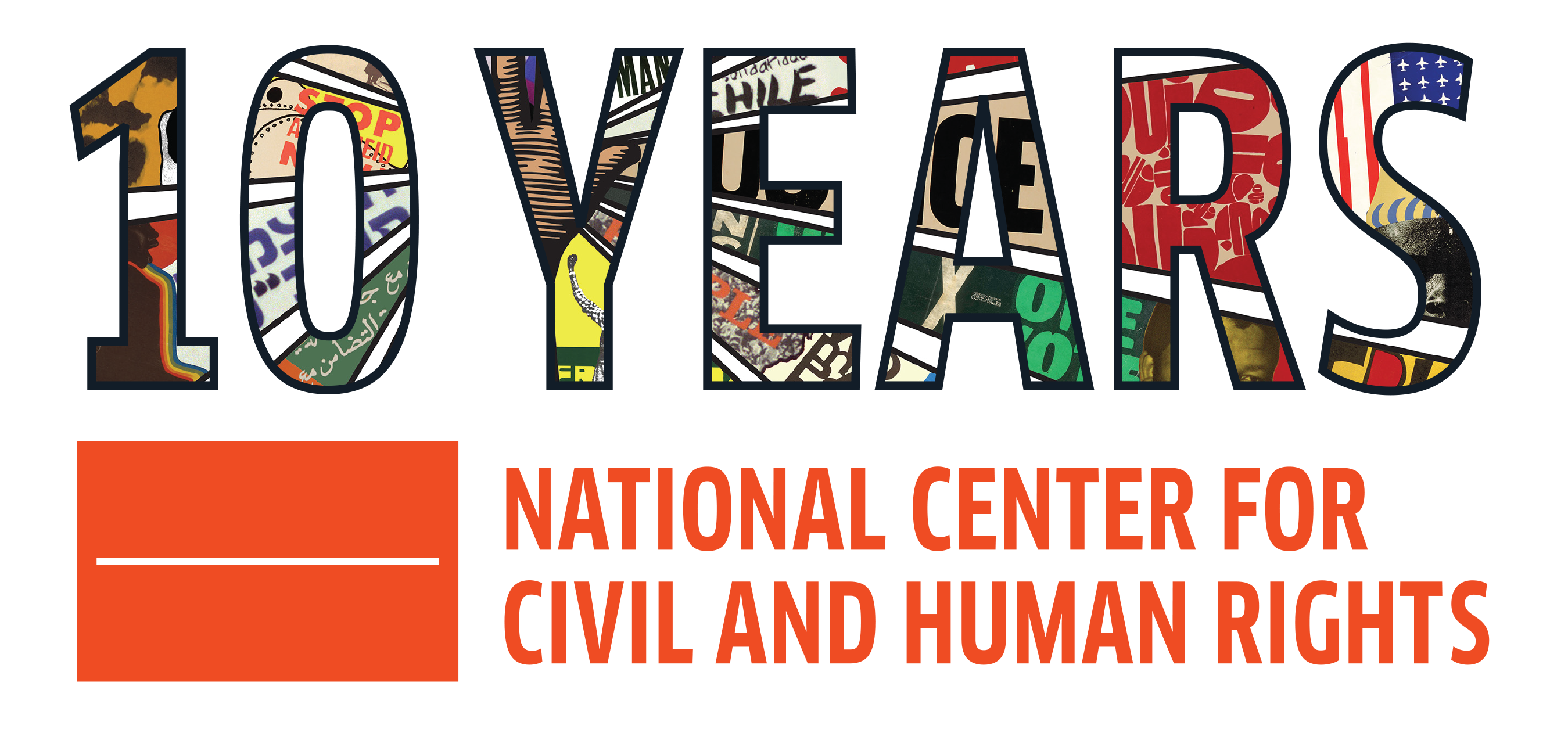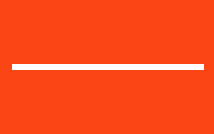Women in Diversity
As an emerging artist, I was very happy to have my artwork chosen for a special collection of merchandise in The Center’s gift shop. For Women’s History Month, The Center selected my painting, Women in Diversity. It’s painting of a group of Muslim women. They’re all wearing headscarves. The headscarf, otherwise known as the hijab, is worn by Muslim women around the world. Their complexions are in various shades of brown. To complement to the neutral tones of their skin, I chose to paint their headscarves in creamy whites and metallic colors.
Depending on the culture and religious interpretations, the hijab is worn in many different ways. Some are around wrapped around the head and neck in a traditional-style veil, some are wrapped like a turbans. Some wear their scarves to cover their faces, leaving only the eyes exposed.
The hijab is often a source of contention in some parts of the world, interpreted as something that is forced upon women against their will. Countries like Saudi Arabia and Iran have a legally enforced dress code that requires women to cover their bodies. On the flip side, some Muslim-majority countries have banned the veil under the pretext of promoting modernity and curbing terrorism. Turkey had banned women from wearing head coverings in universities and public buildings until 2013. In Chad, the veil was banned in reaction to two suicide bombings in 2015.
However, in most Muslim countries, there are no laws enforcing or banning the hijab. It’s quite normal to see Muslim women in all types of dress; fully covered from head to toe or wearing tank tops and yoga pants. For those Muslim women who choose cover, the hijab has become a symbol of faith and fashion statement. The freedom of choice has lead to the creation of a booming Islamic fashion industry, attracting the promotion of large retailers like Macy’s.
What I aim to achieve in this work is to break down stereotypes. I wanted to show the wonderful range of colors in humanity. That’s why I chose to include women in different colors. Women of color are underrepresented in the media and in the art world. I also wanted to challenge prevailing notions about Muslim women and the hijab. Rather than show Muslim women as passive and oppressed, I wanted to show us beautiful, fashionable and empowered–like the women I’m very blessed to know. I’m a firm believer in the power of art to educate and inform. I hope my work can be used to promote understanding and break down barriers between different cultures.

